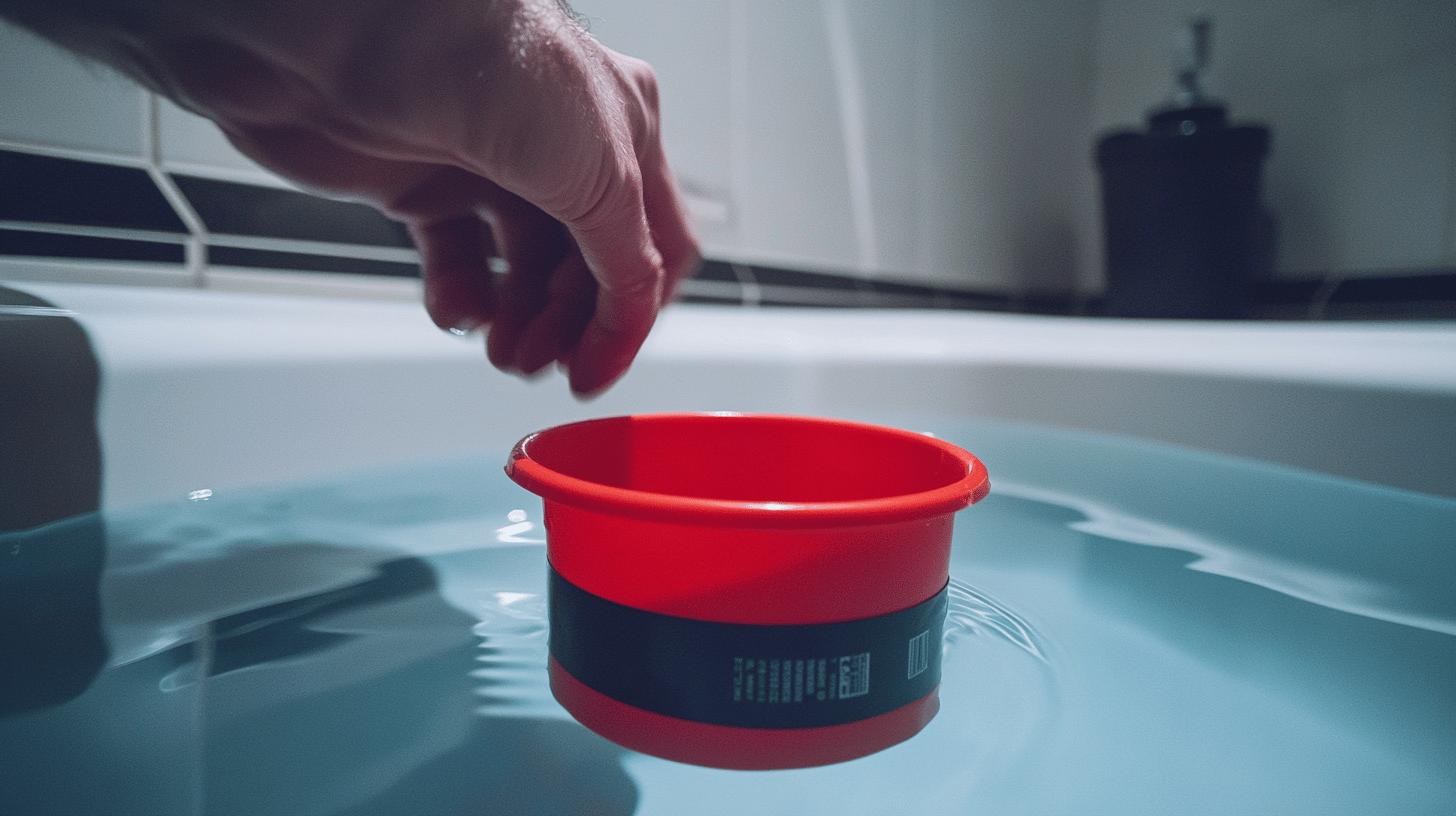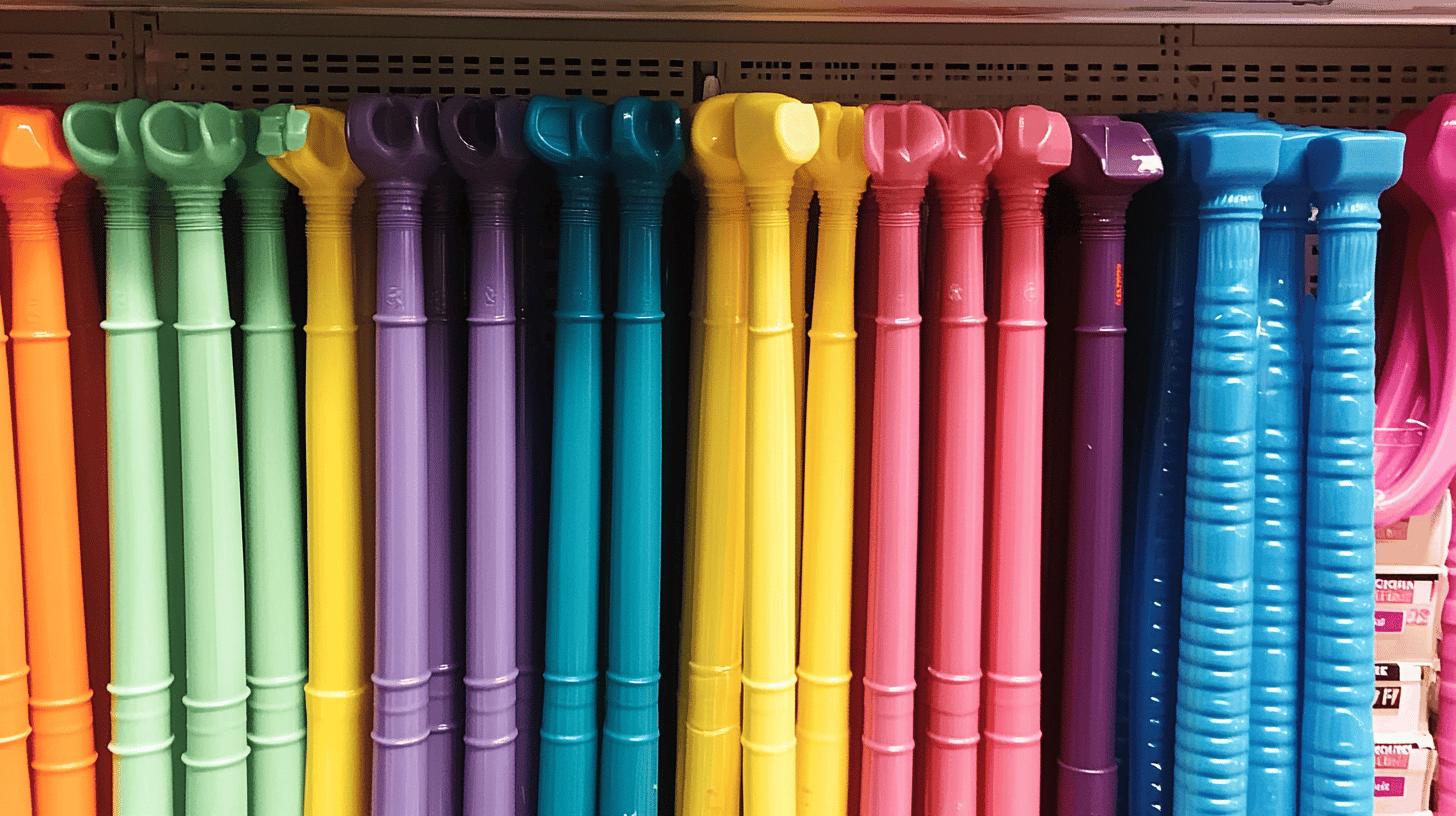TL;DR:
-
Types of Plungers:
- Cup Plungers: Best for bathtubs; effective suction.
- Flange Plungers: For toilets but also effective for bathtubs.
- Accordion Plungers: Strong suction; good for stubborn clogs.
- Heavy Duty Plungers: Durable for tough clogs.
- Power Plungers: Use air pressure for severe clogs.
-
Using a Plunger:
- Seal overflow with duct tape.
- Fill tub with hot water.
- Position plunger for a full seal.
- Quick strokes (5-6 times).
- Check for debris.
-
Clog Prevention:
-
Hair traps, regular cleaning, and boiling water.
-
When to Call a Plumber: Consistent backup, noises, persistent odors indicate deeper issues.
-
Plumber Tools: Plumbing snakes and hydro jetting for serious clogs.
Did you know picking the right plunger can make unclogging your bathtub way easier? Whether it’s soap buildup or hair blocking the drain, using the right tool is key. In this article, we’ll cover different types of plungers, from the basic cup plunger to the more efficient flange plunger, and help you choose the best one for the job. Get the info you need to make unclogging your bathtub quick and easy, so you can keep things flowing smoothly without the hassle.
Understanding the Bath Tub Plunger
When unclogging a bathtub drain, using the right plunger makes all the difference. For flat bathtub surfaces, a cup plunger is your best bet. Its flat suction cup works perfectly for these drains. However, if you’re dealing with a deeper clog, a flange plunger, which is usually used for toilets, can also be helpful. Its extra flap provides a stronger seal and more suction, making it effective for tougher blockages.
- Cup Plungers: Best for flat surfaces like bathtub drains; offer effective suction.
- Flange Plungers: Meant for toilets but give extra suction in bathtubs.
- Accordion Plungers: Provide powerful suction; ideal for stubborn clogs in different drains.
- Heavy Duty Plungers: Durable and good for tough clogs across plumbing fixtures.
- Power Plungers: Use air pressure for powerful thrust, ideal for severe clogs.
- Innovative Plunger Designs: Feature ergonomic handles or built-in mechanisms for easier use.
Choosing the right plunger not only makes the job easier but also helps avoid damaging your plumbing. Matching the plunger to your drain ensures a more effective clog removal. By investing in the right one, you’ll save time and effort, making the whole process smoother and less stressful.
How to Use a Plunger for Bathtub Drains Effectively

Using a plunger correctly is essential for handling bathtub clogs. Proper technique ensures blockages are cleared without harming your plumbing. A cup-style plunger is usually the best choice for flat surfaces like bathtub drains.
-
Seal the overflow drain with duct tape.
This improves suction during plunging by creating an airtight seal, directing force at the clog. -
Fill the tub with a few inches of hot water.
Hot water softens clogs and creates the pressure needed to push blockages through pipes. -
Position the cup-style plunger over the drain for a full seal.
Press firmly over the drain to create a vacuum, crucial for effective plunging.
-
Perform quick, forceful strokes 5 to 6 times.
Use consistent, vigorous plunging without breaking the seal to help loosen the clog. -
Break the seal and check for debris.
Success is often indicated by dirty water or debris rising out of the drain. -
Consider professional help if issues persist.
If plunging fails, a plumber can use tools like a plumbing snake for stubborn clogs.
Professionals offer solutions that avoid further plumbing damage, saving time and money by tackling issues DIY methods can’t fix.
Common Bathtub Clog Sources and Prevention
Bathtub clogs are often caused by hair, soap buildup, and debris. Hair gets caught in the drain, soap leaves sticky residue, and objects like toys or jewelry can accidentally clog pipes. These can form stubborn blockages that slow down drainage.
To prevent clogs, install a mesh drain trap to catch hair and debris before they go down the drain. Regularly clean the drain area to prevent soap buildup. Pour boiling water down the drain now and then to break down soap residue and keep the pipes clear. These easy steps can help prevent clogs and keep your bathtub running smoothly.
By maintaining your drains, you can avoid big plumbing issues and costly repairs. Catching clogs early helps keep things flowing and saves you from needing professional help later on. Prevention is always cheaper than dealing with a major blockage!
Where to Buy Bathtub Plungers and Product Reviews

When picking a bathtub plunger, it’s important to compare features, prices, and reviews to make the best choice. Not all plungers are created equal, and getting the right one makes clearing clogs much easier. Look at the plunger’s design, material, and how easy it is to use. Customer reviews can give you a good idea of how well it works and how durable it is, so you don’t end up with a disappointing product. By comparing different brands and models, you’ll find one that’s both effective and worth the investment.
| Brand | Features | Price | Customer Rating |
|——————|——————————————–|——–|—————–|
| SimpleHuman | Ergonomic handle, stainless steel base | $30 | 4.5/5 |
| Neiko | Heavy-duty material, industrial suction | $25 | 4.2/5 |
| OXO Good Grips | Compact design, non-slip grip | $20 | 4.3/5 |
| Mr. Clean | Versatile use, easy-to-clean construction | $15 | 4.0/5 |
| Korky | Innovative design, all-rubber construction | $18 | 4.1/5 |
You can find plungers at online stores like Amazon or at local hardware shops. Online shopping lets you check reviews for advice, while shopping in-store allows you to see the products up close. Both options offer high-quality plungers to meet your plumbing needs.
Professional Plumber Advice on Stubborn Bathtub Clogs
When should you call a plumber for a bathtub clog? If plunging doesn’t work and the problem keeps happening, it might be time for a pro. Warning signs include constant water backup, strange pipe noises, and bad smells, which could mean a serious blockage or pipe damage.
What tools do professionals use for tough clogs? Plumbers often use plumbing snakes to reach deep into pipes and clear clogs. They may also use hydro jetting, which blasts high-pressure water to clean pipes thoroughly. These tools go beyond what you can do with household plungers.
What are the long-term benefits of hiring a plumber? While professional help might seem expensive at first, it can save you money by preventing future clogs and repairs. It also helps keep your plumbing running smoothly and lasts longer. Plus, plumbers fix the root cause of the problem, giving you peace of mind.
Final Words
Taking a closer look at bathtub plungers has given us some key insights into handling common drainage problems. From cup to flange plungers, choosing the right one is crucial for getting the job done right. Knowing how to plunge properly makes clearing clogs easier, and recognizing when it’s time to call in a professional can save you time and effort. By understanding what causes clogs and taking steps to prevent them, you can keep your bathroom plumbing running smoothly. A little effort now can lead to a lot less hassle later on.
FAQ
Q: What is the best plunger to use for a bathtub?
A: The best plunger for a bathtub is typically a cup plunger, designed for flat surfaces like bathtub drains. It provides effective suction to dislodge clogs, making it ideal for bathtub use.
Q: How can I unclog a bathtub drain full of hair?
A: To unclog a drain full of hair, first, seal the overflow drain with duct tape. Use a cup-style plunger with quick, forceful strokes over the drain, repeating 5 to 6 times to create suction and dislodge hair.
Q: Can you use a plunger on a bathtub?
A: Yes, using a plunger on a bathtub is an effective way to clear clogs. Ensure you use the appropriate plunger type and technique for the best results.
Q: What kind of plunger should be used on a tub?
A: A cup plunger, with its flat base, is best suited for a bathtub. It creates a seal over the flat surface of the drain for effective plunging.
Q: What is the most efficient way to unclog a bathtub drain?
A: The most efficient way is to create a strong seal with a cup plunger, use forceful plunges, and repeat until the clog is dislodged. A few inches of hot water in the tub can also aid the process.
Q: How can I unblock my bath without a plunger?
A: Without a plunger, you can try using a mixture of baking soda and vinegar to dissolve clogs or manually remove debris if accessible. A plumbing snake can also help reach deeper clogs.
Q: Where can I buy a good bathtub plunger?
A: You can purchase bathtub plungers at stores like Home Depot and Walmart or online platforms such as Amazon. Compare brands based on features, price, and customer reviews.

